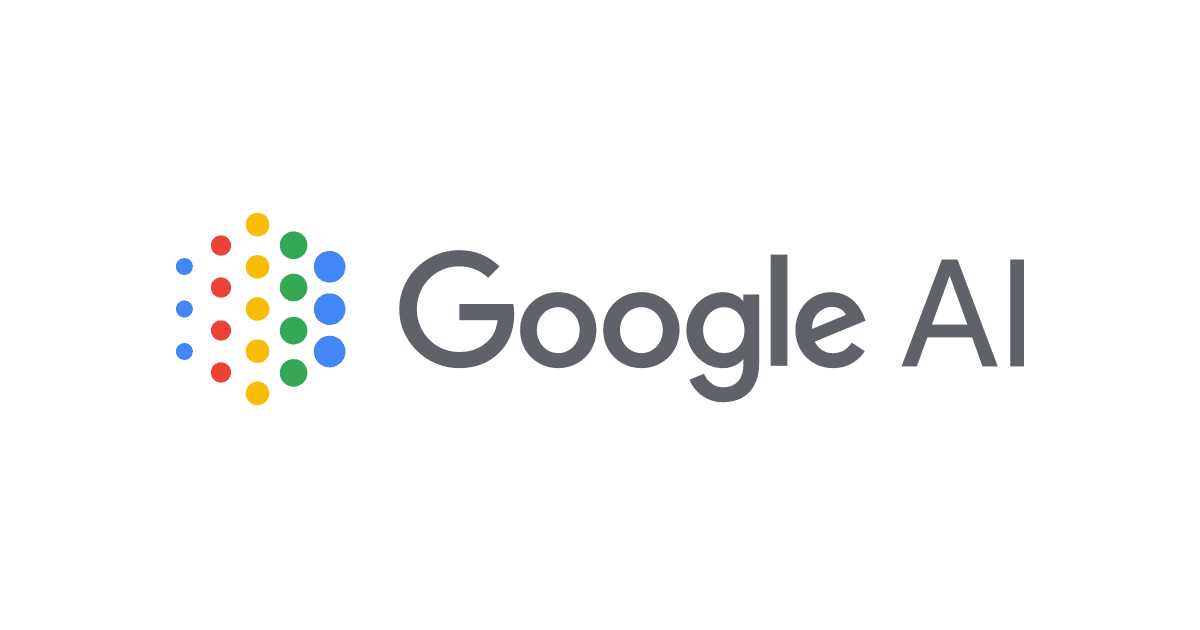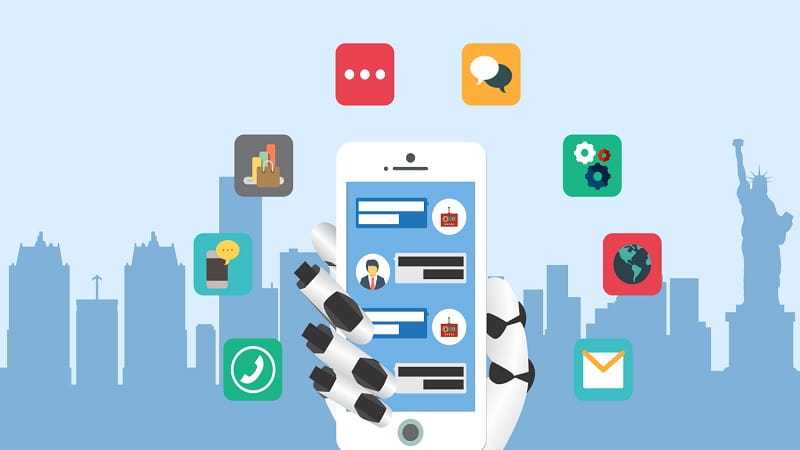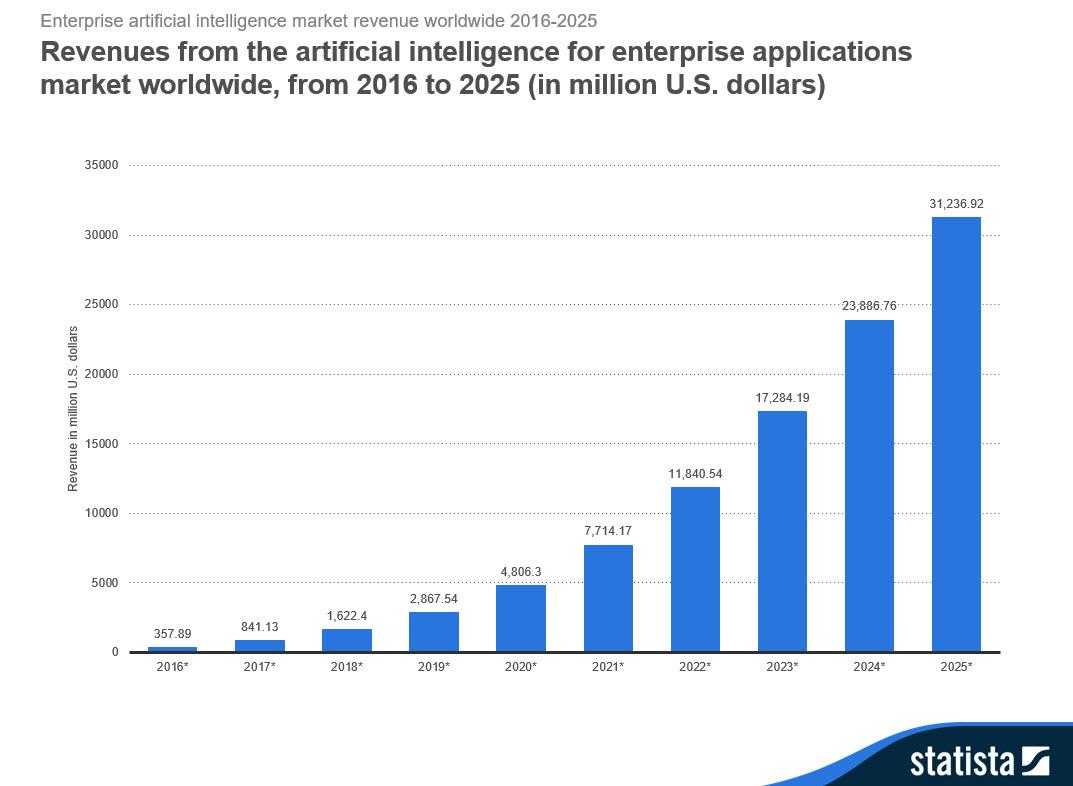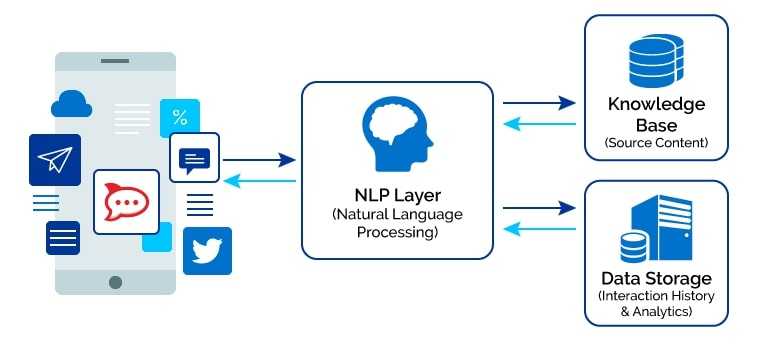Artificial Intelligence
Posted On: , Author: Srikanth Jallapuram
At Technovature, we share your AI Vision, lay it for you if not already defined and implement it into a reality by applying our intelligence and experience in Computer Vision, Deep Learning, Machine Learning and Natural Language Processing. We work with businesses of all sizes to build AI products from consulting to development, user training and maintenance. We are a team of Data Scientists, AI analysts, Designers, Full-stack developers and Software Architects.
Why Artificial Intelligence ?
AI Automates Repetitive Learning
AI automates repetitive learning and discovery through data. But AI is different from hardware-driven, robotic automation. Instead of automating manual tasks, AI performs frequent, high-volume, computerized tasks reliably and without fatigue. For this type of automation, human inquiry is still essential to set up the system and ask the right questions.
AI adds Inteliigence
AI adds Intelligence to existing products. In most cases, AI will not be sold as an individual application. Rather, products you already use will be improved with AI capabilities, much like Siri was added as a feature to a new generation of Apple products. Automation, conversational platforms, bots and smart machines can be combined with large amounts of data to improve many technologies at home and in the workplace, from security intelligence to investment analysis.
AI analyzes more and deeper data
AI does this by using neural networks that have many hidden layers. Building a fraud detection system with five hidden layers was almost impossible a few years ago. All that has changed with incredible computer power and big data. You need lots of data to train deep learning models because they learn directly from the data. The more data you can feed them, the more accurate they become.
AI adapts through progressive learning algorithms
Lets the data do the programming. AI finds structure and regularities in data so that the algorithm acquires a skill: The algorithm becomes a classifier or a predictor. So, just as the algorithm can teach itself how to play chess, it can teach itself what product to recommend next online. And the models adapt when given new data. Back propagation is an AI technique that allows the model to adjust, through training and added data, when the first answer is not quite right.
AI achieves incredible accuracy
By using deep neural networks – which was previously impossible. For example, your interactions with Alexa, Google Search and Google Photos are all based on deep learning – and they keep getting more accurate the more we use them. In the medical field, AI techniques from deep learning, image classification and object recognition can now be used to find cancer on MRIs with the same accuracy as highly trained radiologists.
AI gets the most out of data
When algorithms are self-learning, the data itself can become intellectual property. The answers are in the data; you just have to apply AI to get them out. Since the role of the data is now more important than ever before, it can create a competitive advantage. If you have the best data in a competitive industry, even if everyone is applying similar techniques, the best data will win.
Wide-range of Application
Due to its capacity to store transactional data, blockchain technology has been applied to various other industries and applications.
- AI in Customer Service - AI-enabled customer assistants can answer simple questions like letting you know the status of your order, and helping you in finding a particular product based on your description, among others.
- AI in Healthcare - From safeguarding patients’ personal records against cybercriminals to assisting in surgeries — AI is implemented everywhere.
- Personalized Shopping Experience - Implementation of artificial intelligence makes it possible for online stores to use the smallest piece of data about every followed link or hover to personalize your experience on a deeper level
- AI in Finance - The financial sector heavily relies on real-time reporting, accuracy, and processing of large volumes of quantitative data to make crucial decisions.
- Smart Cars & Drone Delivery - Big names like Walmart and Amazon are already investing heavily in drone delivery programs and it’s likely to become prevalent soon.
- Smart Travel - From suggesting efficient route to home, to making travel arrangements — artificial intelligence is helping people in taking the big leap. Travel companies, in particular, are capitalizing the ubiquitous usage of smart devices.
- Social Media - It considers all your past web searches, interactions, behaviors, and everything else done by you during your visit to these websites, and tailors your experience according to that.
- Security & Surveillance - Technologies like facial recognition and voice recognition are getting better with each passing day.
- Smart Homes - A significant number of smart home devices that you buy use AI to learn your behavior so that they can adjust their settings automatically to make your experience as frictionless as possible.
Our Artificial Intelligence Services
Machine Learning
We use machine learning to build AI solutions that can gather unstructured data and convert it into actionable insights to drive business growth.
Business Inteligence
Using a variety of Tools we create and develop strategies to execute optimization, customer analysis, forecasting and performance analysis.
Natural Language Processing
With NLP and NLU, our AI developers can help organizations analyze customer feedback and sentiment to improve customer engagement and increase business revenue.
Chatbot Development
A chatbot is a AI driven and conversation driven computer programme enabled to do conversation via voice or text methods. The artificially intelligent system is designed in such a way that it will answer the query in a way like a human does. We use NLP and AI and a host of solid AI platforms that enable us to create the most effective and custom chatbot for your enterprise.
Voice Assistant Development
A voice assistant or intelligent personal assistant is a software agent that can perform tasks or services for an individual based on verbal commands i.e. by interpreting human speech and respond via synthesized voices. Users can ask their assistants’ questions, control home automation devices, and media playback via voice, and manage other basic tasks such as email, to-do lists, open or close any application etc with verbal commands.
Computer Vision Development
Computer vision is concerned with the automatic extraction, analysis and understanding of useful information from a single image or a sequence of images. It involves the development of a theoretical and algorithmic basis to achieve automatic visual understanding
Artificial Intelligence Platforms we use

Google Tensorflow Platform
TensorFlow is a free and open-source software library for dataflow and differentiable programming across a range of tasks. It is a symbolic math library, and is also used for machine learning applications such as neural networks.[4] It is used for both research and production at Google

Google AI Platform
Google AI Platform is a managed service that enables you to easily build machine learning models, that work on any type of data, of any size. Create your model with the powerful TensorFlow framework that powers many Google products, from Google Photos to Google Cloud Speech.

Polyaxon Platform
Polyaxon aims to be an enterprise-grade open source platform for building, training, and monitoring large scale deep learning applications. It includes an infrastructure, set of tools, proven algorithms, and industry models to enable your organization to innovate faster. Polyaxon is a platform-agnostic with no lock-in.

H20 AI Platform
H2O is a fully open source, distributed in-memory machine learning platform with linear scalability. H2O supports the most widely used statistical & machine learning algorithms including gradient boosted machines, generalized linear models, deep learning and more.

Neural Designer Platform
Neural Designer is a machine learning platform with better usability and higher performance. It will allow you to build artificial intelligence models from your data to help you discover relationships, recognize patterns and make predictions in just a few clicks.

PredictionIO Platform
Apache PredictionIO is an open source machine learning server designed by The Apache Software Foundation. It enables developers and data scientists to swiftly build and publish a machine learning engine to the web as a service.

Rainbird AI Platform
Rainbird is an AI-powered automated decision-making platform that allows businesses to replicate and scale their best workers. The Rainbird engine has two parts: an easy-to-use authoring platform where knowledge maps, rules and data links are built by the experts in a business, and a runtime platform that allows users to interact with this knowledge in real-time through a chatbot, app, or web assistant.

Microsoft Azure AI Platform
Microsoft AI is a robust framework for developing AI solutions in conversational AI, machine learning, data sciences, robotics, IoT, and more.
What is Deep Learning?
Deep learning is a type of machine learning that trains a computer to perform human-like tasks, such as recognizing speech, identifying images or making predictions. Instead of organizing data to run through predefined equations, deep learning sets up basic parameters about the data and trains the computer to learn on its own by recognizing patterns using many layers of processing.
A chatbot is programmed to work independently from a human operator. It can answer questions formulated to it in natural language and respond like a real person. It provides responses based on a combination of predefined scripts and machine learning applications.
However, many challenges still remain for consumer users using the chatbots as below.
Artificial Intelligence For Enterprise: Principles, Steps, And Best Practices
AI Strategy
Like everything else in business, AI vision and strategy work best when they come from the highest level in the organization—which means every business leader should be aware of what AI makes possible. Simply hiring machine learning engineers or data scientists reactively is not a strategy. At the same time, operational employees should know the possibilities AI offers, too. For best results, AI needs to be democratized and socialized throughout all levels in the organization. Customized AI training should be offered for all levels in the organization so that employees can make more informed business decisions. A lack of training may create uncertainty and a fear of lost jobs due to the advent of AI technology.
Agility in AI
While agility in machine learning deployment models will not be exactly like the agile software methodologies that many CSPs are familiar with, there are many common elements. The main difference is that machine learning agile methodologies are data-driven. To close that gap, good agile project management practices need to be customized and applied in a machine learning context for the organization. Often there is a disconnect between what the business needs versus what is able to be produced by machine learning engineers using the data and time available. How do you deploy models when the business needs them in two weeks, yet fine-tuning your model will take three to six months?
When planned and executed properly, AI has tremendous potential for service provider organizations. To create success, it’s best to stick to a tried-and-true methodology:
- Look at the big picture
- Define a use case for AI (Choose a use case which has high business impact and relatively low complexity)
- Obtain the data to support the use case
- Discover and visualize the data to gain insights
- Prepare the data for machine learning
- Select a model and train it
- Fine-tune your model
- Present your solution
- Launch, monitor and maintain your system.
So what are the Best Practices in building a AI Chatbot?
Build a service that never sleeps
Chatbots offer a number of comparative advantages. They offer 24/7 availability, where a fully dedicated resource is providing you the desired service with unmatched control and transparency. They offer instant customer service and enhance brand value. Above all, since they are intelligent, bots can be scaled up quickly allowing you to focus on important tasks instead of being part of every conversation.
Empower the convenient intelligence
Using the deep learning powers, you can train chatbots to behave more like a human and deliver interactions in different languages of your choice. You can improve customer retention rate by providing a highly customized and personalized experience to each user. Their ability to deliver a cognitive digital experience and manage multiple interactions with natural interface makes them a very cost-effective option for customer support, e-commerce sales, information retrieval, help-desk and many more such cases.
Some other key benefits to be drawn from building and deploying bots in our organization are as below:
- They cut down Operational Costs 💰 Per year there are a reported 265 Billion Customer Requests. Businesses spent nearly $1.3 trillion to service these requests. Using Chatbots can help you save up to 30% of this.
- Chatbots empowers your Team 💪 Chatbots will not entirely replace humans. Rather they will become the first-level support that filters a customer request and save you time.
- They boost your Brand Outlook 🙌 The visual interaction offers a friendly experience and ensures a healthy rapport with your customer base spread across the world.
- It’s easier than making an App 💁♀️ In the productivity category, chatbots outperform apps in all aspects of functionality and is more cost-effective.
- Millennials love Chatbots 👫 The speed of communication and ease of use has given a sweet spot for chatbots in the Millennial audience compared to legacy tools.
Conversational User Experience
Conversational User Experience (CUX) will be adopted by most businesses in 2019. It is a newer version of UX design, and have features like guided conversations, brand persona development, and personalized content. Its main purpose is to help businesses to create rapid and helpful customer interactions on their chatbot. CUX is something to keep in mind, as any business that fails to keep up with CUX may risk their customer support.
(NLP) Natural Language Processing Chatbots finds a way to convert the user’s speech or text into structured data.
The goal of natural language processing (NLP) is to take the unstructured output of the ASR and produce a structured representation of the text that contains spoken language understanding(SLU) or, in the case of text input, natural language understanding (NLU).
Which is then utilized to choose a relevant answer. Natural Language Processing includes the following steps;
- Tokenization: The NLP separates a series of words into tokens or pieces that are linguistically representative, with a different value in the application.
- Sentiment Analysis: It will study and learn the user’s experience, and transfer the inquiry to a human when necessary
- Normalization: This program model processes the text to find out the typographical errors and common spelling mistakes that might alter the intended meaning of the user request.
- Named Entity Recognition: The program model of chatbot looks for different categories of words, similar to the name of the particular product, the user’s address or name, whichever information is required.
- Dependency Parsing: The Chatbot searches for the subjects, verbs, objects, common phrases and nouns in the user’s text to discover related phrases that what users want to convey.
Bot Evaluation
Evaluation Perspectives
There are a number of different perspectives on how to evaluate chatbot performance. From an information retrieval (IR) perspective, chatbots have specific functions: there are virtual assistants, question-answer and domain-specific bots.
Evaluators should ask questions and make requests of the chatbot, evaluating effectiveness by measuring accuracy, precision, recall, and F-score relative to the correct chatbot response.
From a user experience perspective, the goal of the bot is, arguably, to maximize user satisfaction. Evaluators should survey users (typically, measured through questionnaires on platforms such as Amazon Mechanical Turk), who will rank bots based on usability and satisfaction.
From a linguistic perspective, bots should approximate speech, and be evaluated by linguistic experts on their ability to generate full, grammatical, and meaningful sentences.
Finally, from an artificial intelligence (AI) perspective, the bot that appears most convincingly human (e.g. passes the Turing Test best) is the most effective.
References:
- Chatbot: Architecture, Design & Development by Jack Cahn


